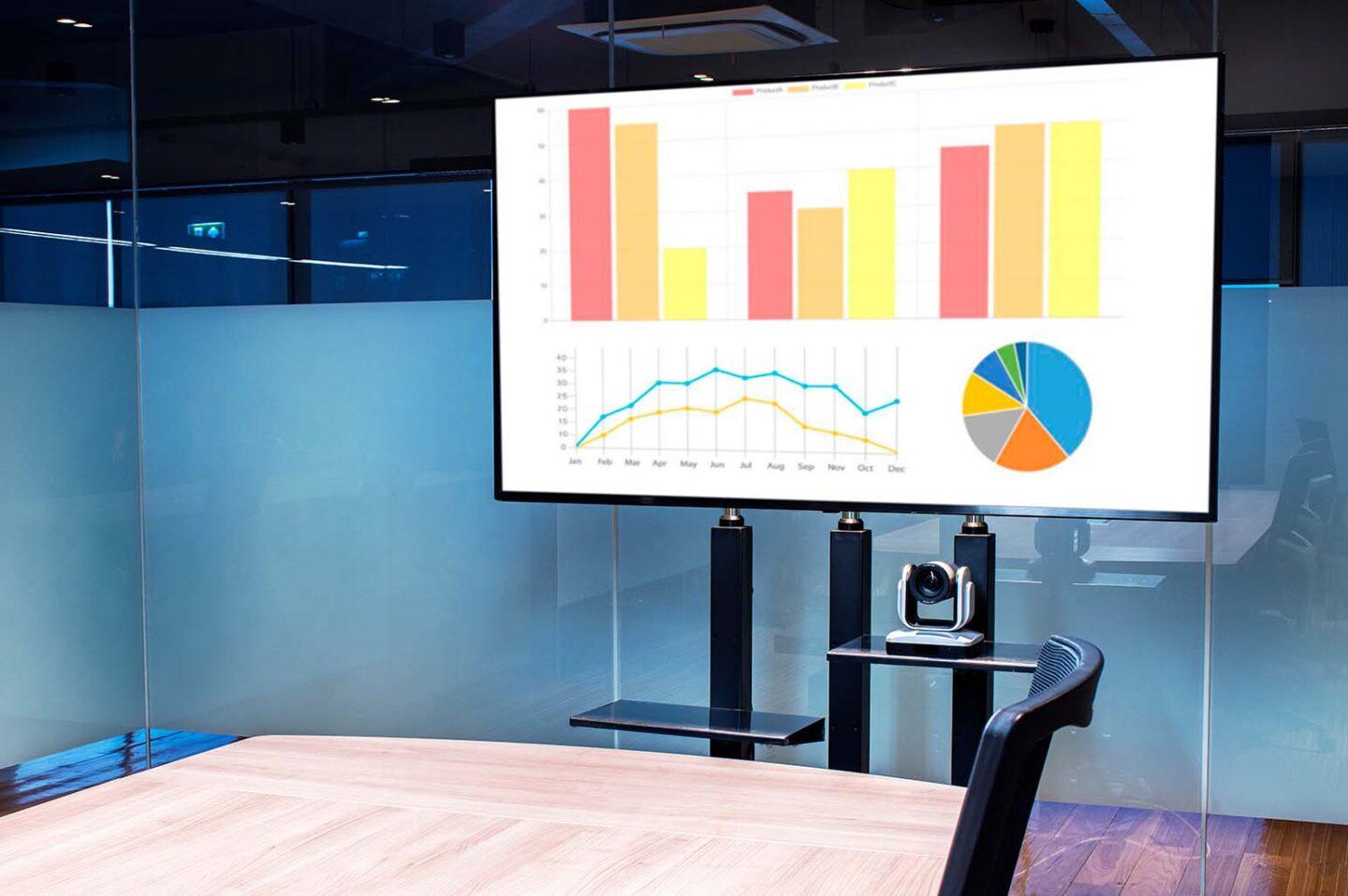Learn how to make an effective, professional PowerPoint presentation by avoiding these common mistakes.

Communication is everything in the business world. It includes using various mediums to create and convey innovative ideas. Almost everyone can play around with PowerPoint software to design presentations. But not every slide will blow the audience away. Issues like abrupt endings, wrong graphics, too many bullets, or wordy sentences take the fun out of many slides. PowerPoint presentations are powerful sales tools. You can use it to engage visual focus and move at a great pace. It is also useful for communicating complex ideas. As a result, it is required in almost every field. This article will shed light on 5 design mistakes to avoid to get the most out of your slides.

5 mistakes to avoid in a presentation
If you ask two students to submit a PowerPoint (PPT) on the same topic, chances are that they will submit different slides. This goes to show that there is more than one way to create a slide. The most sensible students opt for a professional powerpoint presentation writer in order to avoid most mistakes and receive beneficial results. Regardless, there are best practices that might be used by everyone. Below are some common PPT mistakes that can affect your grade:
- Text or information overload
The number one mistake most people make is choking their slides with too much information. The intention is to deliver more information on a subject. But it ends up doing the opposite. When there is too much information on your slide, your audience will try to keep up with it, not you. Instead of paying attention to your speech, they will prefer to read it and zone out of your discussion.
There is no universal rule for how much content should be present on a slide. But too much information can be overwhelming. Instead of a full page, break your information into pages so your audience can concentrate more on you and less on the slides. Also, use bullets, media, and space to divide content.
- Too much media
Too much of anything is not healthy, including media in your slides. Charts, pictures, and other visualizations are vital to a PowerPoint presentation. But only use them when they are necessary. Inappropriately using photos and motion graphics can make your PPT appear cluttered and confusing. As a result, the best place for them is when you want to supplement a point. Don’t use complex charts or add too much information per graph. Instead, make them as simple as possible.
- Poor quality media
This is another mistake that is most popular with last-minute PPTs. Presenters don’t spend enough time researching high-quality pictures. To save time, they attach a free internet picture or piece of clip art. When your slides lack quality, people won’t take you seriously. Spend time selecting clear graphics that attract attention. If you’re using videos, consider the language and add subtitles if necessary for easy comprehension. The audio must also be clear. Also, avoid plagiarized media.
Apart from images and videos, you must watch out for the visual result. Put differently, there has to be some contrast. If your background color is white, what color should the text be? Poorly contrasted slides are not easy to read. Experiment with different colors and backgrounds to see the best fit.
- Inappropriate font design
Always pay attention to the text and font design to encourage readability. Don’t use too many typefaces. A mix of bold, narrow, and italicized fonts in a single text is not appropriate. Apart from this, you must consider the occasion. For example, Comic Sans is not fit for a business presentation. Although the choice of font is up to you, ensure it is clean, sharp, and easy to read. Also, use the same font selection, size, and colors throughout the text.
- Not proofreading your presentation
Don’t ever present a PPT without going over it for errors and mistakes. It will affect your credibility and could attract a penalty. Proofread for grammar errors, faulty sentence structure, and poorly used punctuation. For example, if you’re writing about Disney cruise tips, crosscheck your facts and figures to avoid misinformation. We also recommend you use online grammar checkers to spot mistakes you missed.
Tips for designing the perfect PowerPoint presentation
The perfect PowerPoint slide is the product of many attempts. Pay attention to the following information for your next design.
- Don’t overdo moves and transitions to limit distractions.
- Don’t leave the slides midway through to play a video. Instead, embed it within the presentation to ensure a continuous flow.
- Don’t hide important information at the edges. Highlight and place them in the middle where they are most visible.
- Avoid slide inconsistency. Don’t use a different color, font, and too much text.
- Don’t read from your slides. They are there to complement your discussion, not act as a script.
- Don’t give a presentation without testing in the environment to know if the setup is compatible.
- Align elements and use distribution tools to even out gaps.
- Apply the same spacing and alignments.
In Conclusion
Have you ever watched a PowerPoint presentation and not learned anything? This is one of the worst outcomes possible. PPT design is a skill that is developed over time. But you cannot do the same thing every time and expect different results. When presenting, focus on quality delivery. Avoid useless slides, complex diagrams, and too much text. Spend enough time and effort on it and ask for help if necessary.
You don’t need to be an expert to design an impressive PowerPoint presentation. It only requires an excellent mindset. Set the bar high for yourself, and you’ll be surprised with the result.
